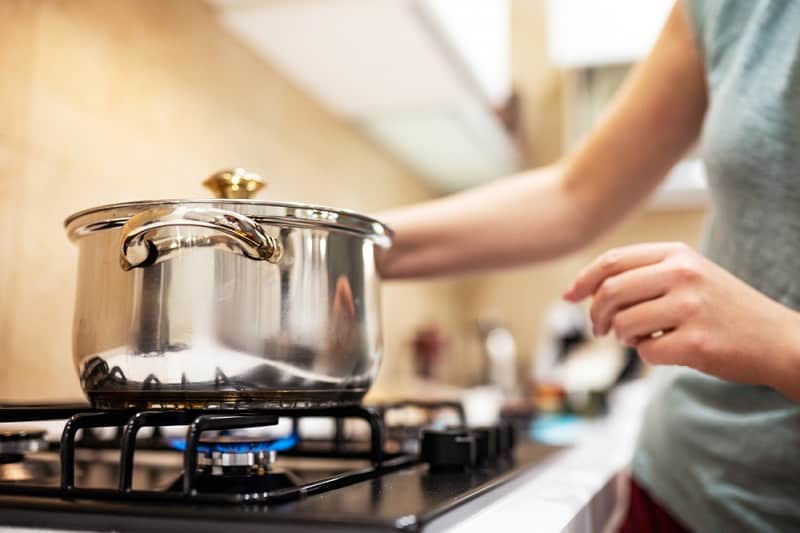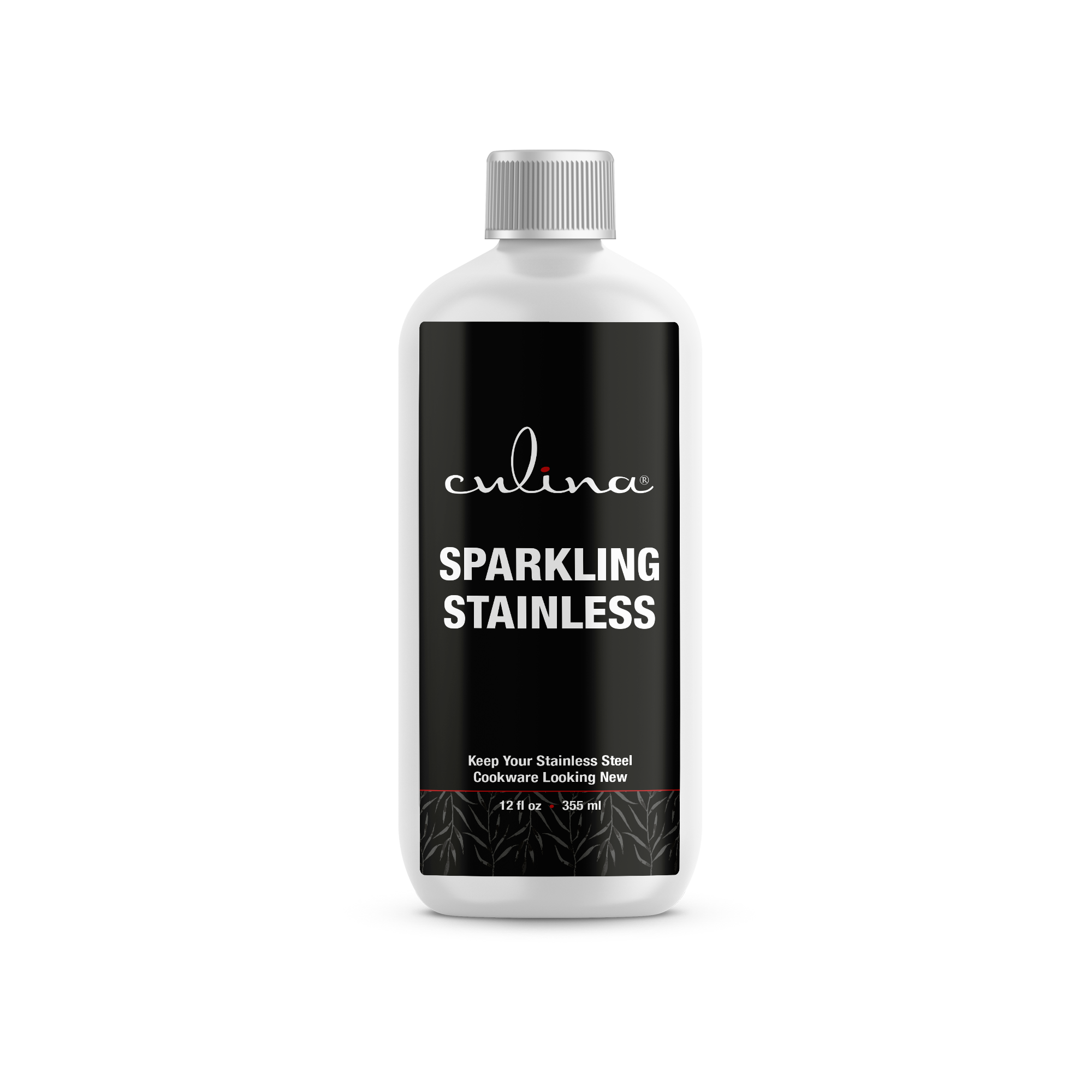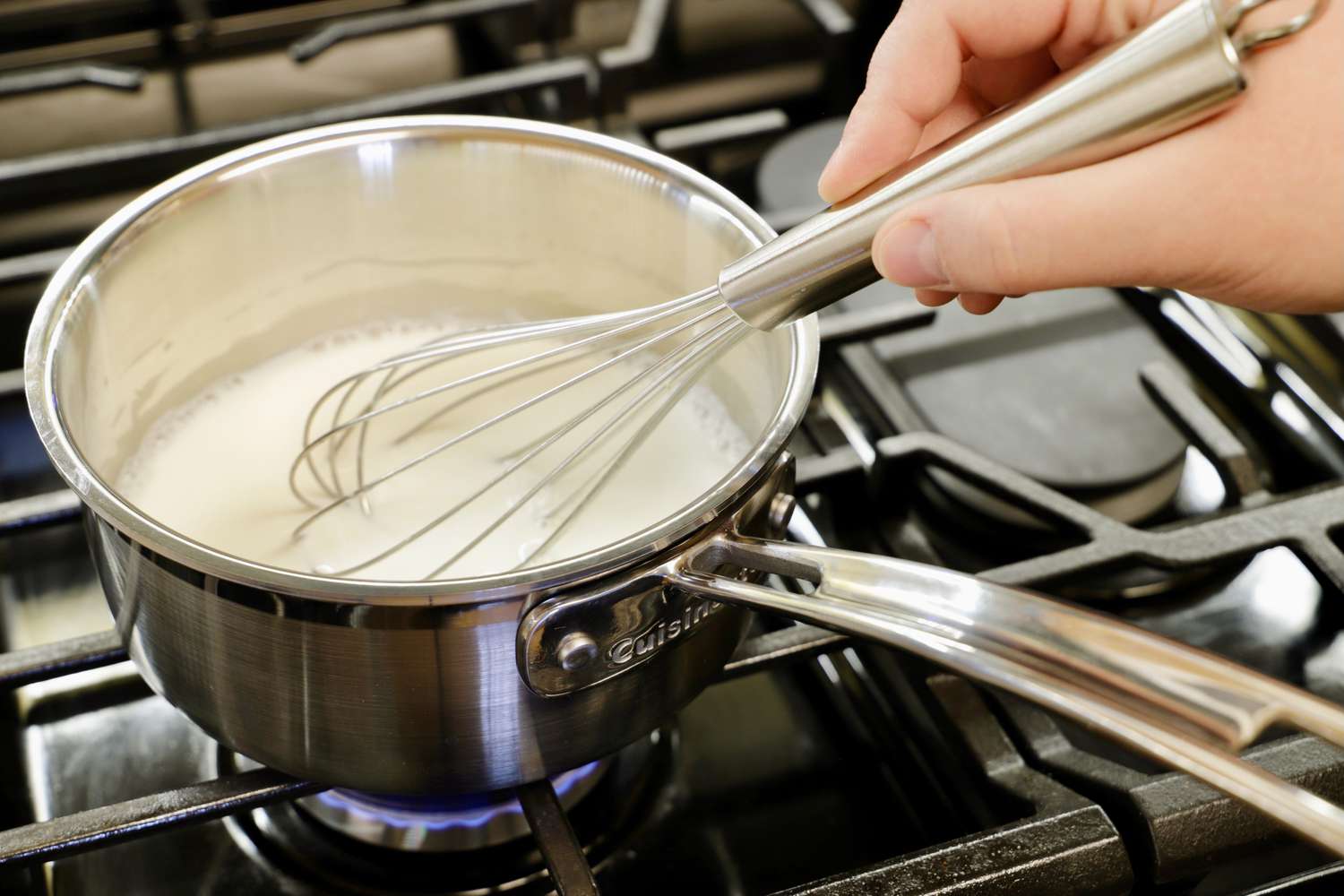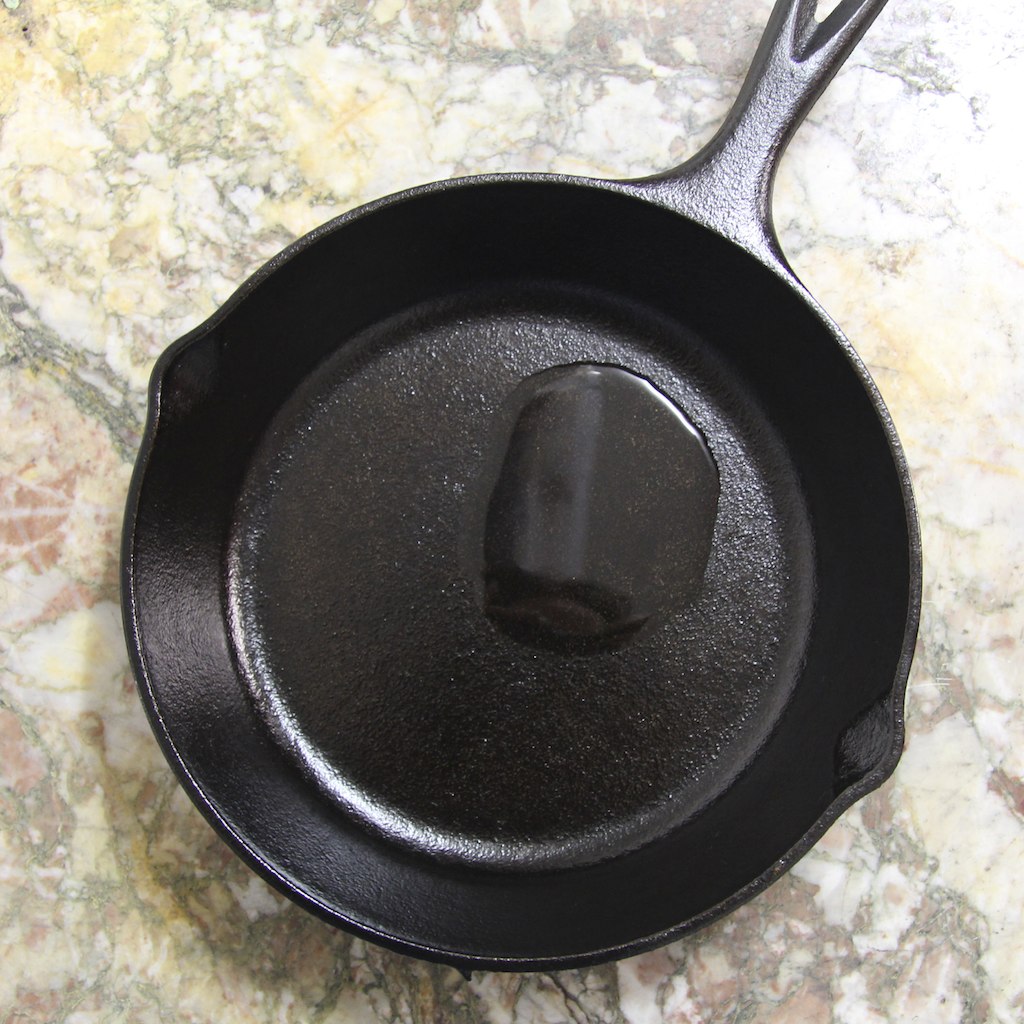When it comes to culinary arts, there are always those curious questions that challenge our understanding of basic cooking tools and methods. One question that stands out is 'what can never be put in a saucepan'? For kitchen professionals, understanding the limitations of each cooking vessel is critical for ensuring the best outcomes in culinary endeavors. In this article, we'll dissect this intriguing question, diving deep into the types of things that should never meet the confines of a saucepan and the reasoning behind it.
To fully appreciate this discussion, let's first briefly understand the purpose and functionality of a saucepan. A saucepan is typically used for simmering, boiling, and making sauces, and it is an essential piece of cookware in any professional kitchen. However, there are notable exceptions regarding what you should avoid placing inside it. Let's journey through this exploration together.

Understanding the Sauces and Saucepans
A saucepan can elevate a dish, turning basic ingredients into something extraordinary. But knowing what can never be put in a saucepan is just as important as knowing what can. Many kitchen professionals create boundary lines between various cooking implements to maintain culinary integrity. For example, a saucepan is not recommended for:
No Plastic Ingredients
First and foremost, plastic items should never be placed in a saucepan. Cooking materials made of plastic can melt quickly when subjected to high temperatures, which can ruin the dish and pose a safety hazard. Always use heat-safe materials.
Frozen Foods
Secondly, putting frozen ingredients directly into a saucepan is not advisable. This can lead to uneven cooking times and may compromise the quality of the dish. Always remember to allow frozen items to thaw beforehand for optimal results.
Anything Non-Food Related
As fun as it might sound, never put non-food items like utensils or cleaning products in a saucepan. They can contaminate your food and create health hazards. Always maintain food safety as your top priority.

Whats Safe to Use in a Saucepan?
In order to fully convey what can never be put in a saucepan, its also essential to discuss what you can safely cook using it. A saucepan is ideal for making:
- Sauces: Be it marinara or bchamel, saucepans are essential.
- Soups: A great vessel for simmering up a hearty soup.
- Grains: Perfect for cooking rice or quinoa as they need gentle heat.

Potential Risks When Misusing a Saucepan
Using a saucepan incorrectly can lead to various culinary disasters. Let's focus on a few ground rules to ensure safe and effective cooking:
Temperature Control
High temperatures can turn any dish into a charred disappointment. If unfamiliar with heat levels, always use a food thermometer to uncover optimal cooking temperatures, or better yet, learn the characteristics of different cooking methods.
Proper Material Selection
Using the right material is paramount. For instance, stainless steel works wonders for sauces due to its ability to distribute heat evenly. While a non-stick surface is great for reducing clean-up time, it is crucial to choose pans that are free of PFOA and other harmful chemicals.
Consequences of Messy Cooking Habits
Messy kitchens often lead to mistakes. Organize your workspace to avoid placing inappropriate items into a saucepan. Keep your focus on food safety and cooking efficiency.

Additional Resources for Kitchen Professionals
As kitchen professionals tackle the complexities of culinary artistry, resources remain plentiful. Check out this article which delves deeper into the uses of a saucepan.
Proper cookware maintenance can significantly elevate the overall cooking experience. Aim to learn best practices for caring for each type of pot and pan. To gain more insight about seasoning and maintaining woks, you may want to read this useful guide.
Final Thoughts
Understanding what can never be put in a saucepan opens a broader conversation around cooking safety and effectiveness. The importance of selecting appropriate materials cannot be overstated, as improper choices can lead to compromised dish quality and potential health hazards. As kitchen professionals, cultivating a comprehensive knowledge about cooking materials is vital for an enriching culinary experience.
FAQs
Why cant you put plastic in a saucepan?
Plastic can melt under high heat, contaminating food and creating hazards.
What happens if you put frozen food directly in a saucepan?
Frozen food can cook unevenly, which can lead to undesirable texture and flavor.
Are there safe materials to use in a saucepan?
Safe materials include stainless steel, cast iron, and certain types of ceramic. Always verify that any items used are heat-safe.
As an Amazon Associate, I earn from qualifying purchases.





Leave a comment
This site is protected by hCaptcha and the hCaptcha Privacy Policy and Terms of Service apply.